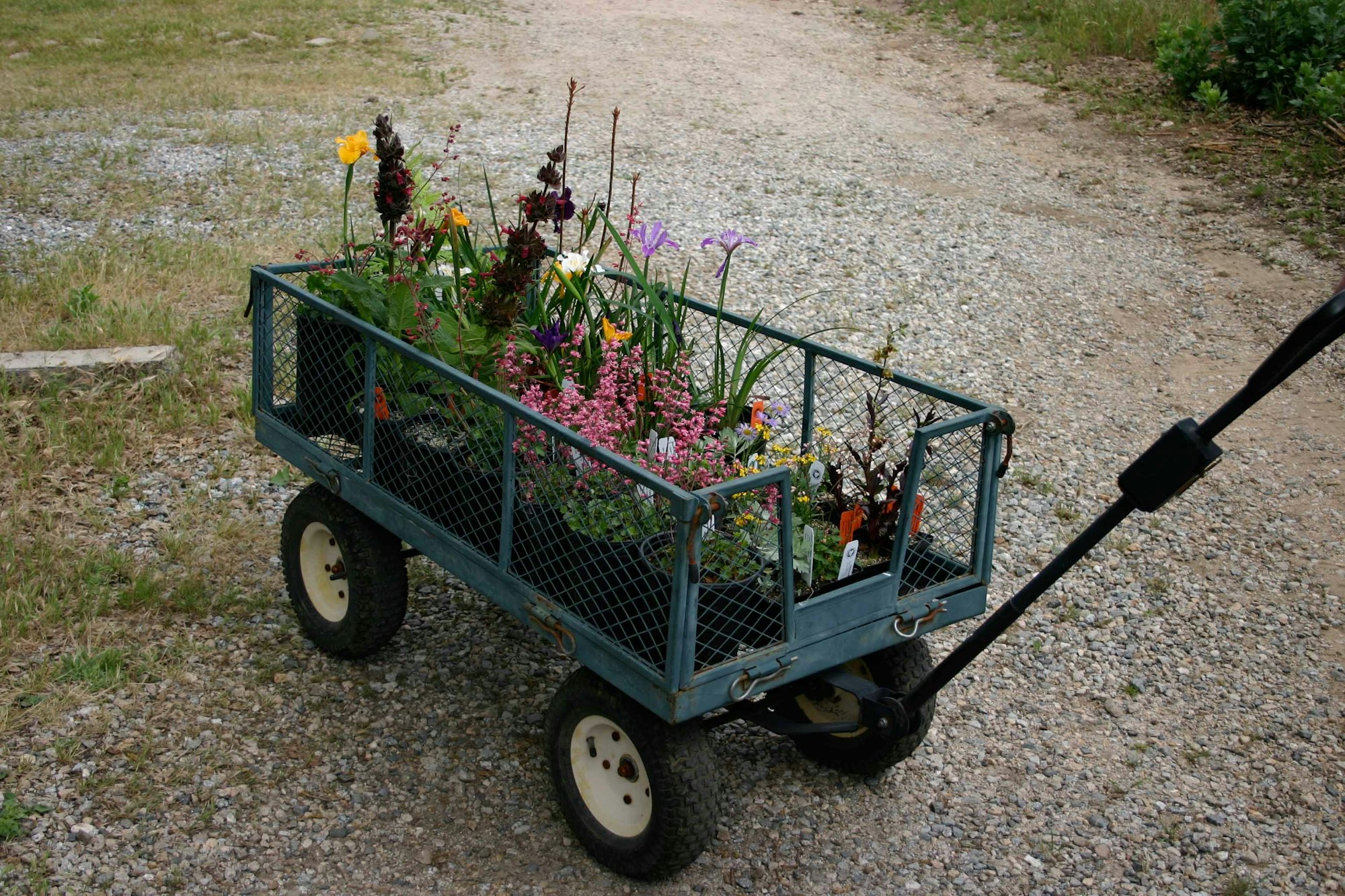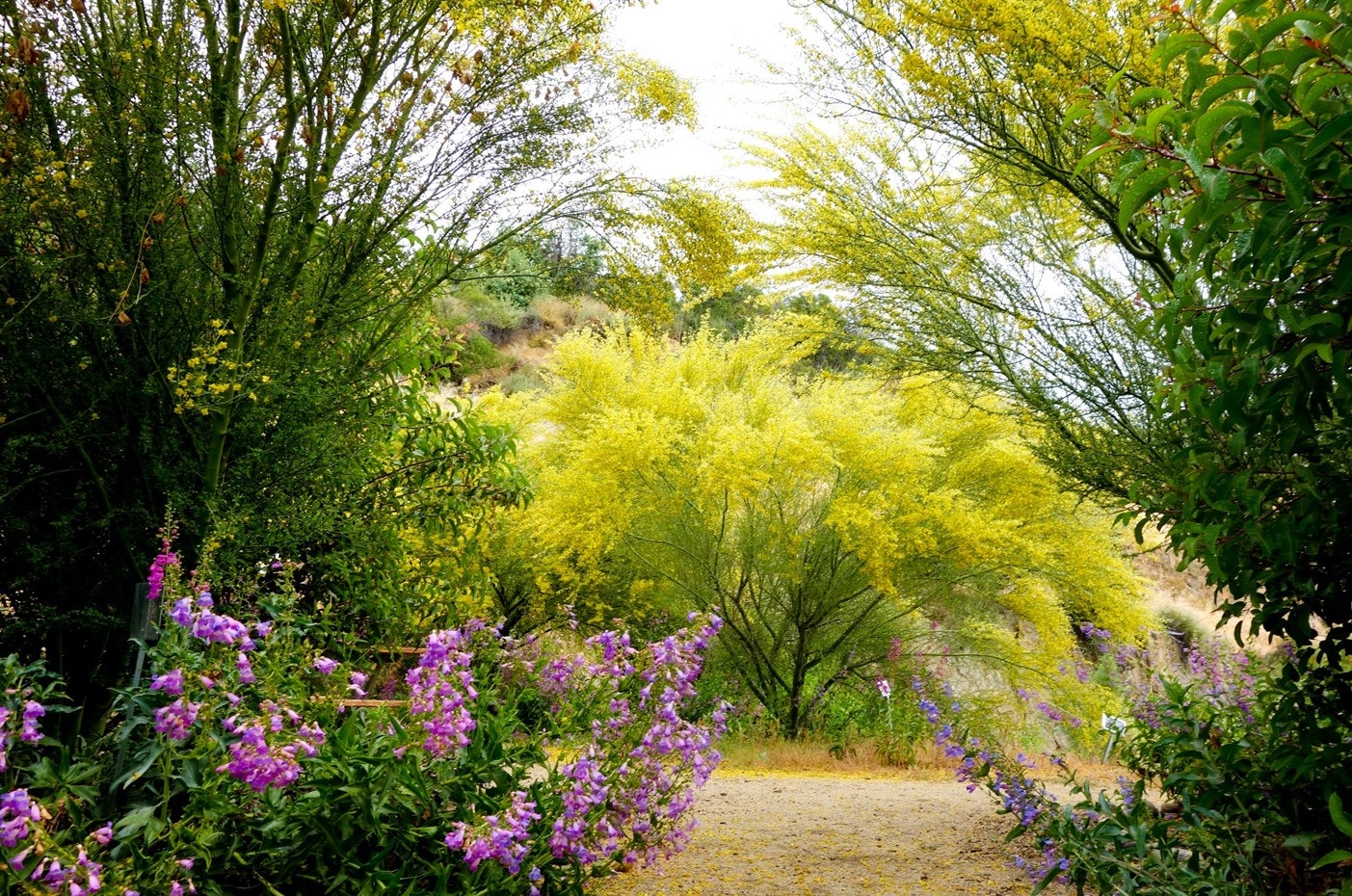The Secret to Less Mosquitoes Exists Naturally in California

Blog co-hosted with the Theodore Payne Foundation
Many San Gabriel Valley residents ask the same question:
"How do I get rid of mosquitoes in my yard?"
Simple question. Simple answer.
Plant California natives now
Who wants to spend a lazy, chilly day digging and watering? Wouldn’t it just be better to relax on the patio...and swat away the mosquitoes?
Planting California natives sets your home up to be virtually mosquito-free, especially when the spring and summer mosquito activity really bites.

Besides the colorful charm, here is why you should convert your yard into a Californian Native Plant Oasis:
YOU SAVE TONS OF MONEY
Let's be honest. This is our driving force, because outdoor irrigation consumes the majority of our water usage, and it gets expensive (Yikes!). Native landscapes, once established, need far less water than traditional gardens. Mosquitoes love frequently watered yards where stagnant water is more likely (these bloodsuckers need stagnant water to grow).
YOU HELP YOUR ENVIRONMENT
California native plants attract many insects and, in turn, birds (and who doesn't want to help feed cute baby birds?). Properly selected and maintained native plants may make your home more fire-resistant in our changing climate.
YOU OUTSHINE YOUR NEIGHBORS
Friendly competition never hurt anyone, so make your yard look better with gorgeous hues from California native plants. Theodore Payne Foundation is a great place for creative gardening ideas, plus classes and native plants.
YOU OUTSMART YOUR NEIGHBORS
You have permission to be an overachiever and astonish your neighbors with your nature and gardening skills – and the knowledge that fall and winter are the best times to plant California natives (so take advantage now).

And here's a plus! Your new native garden is easy as 1-2-3:
1. Water newly planted natives deeply and regularly to get them established. Allow the top four inches of soil to dry between waterings.
Watch how to prepare and plant, and then water in.
2. Take advantage of winter rains, but supplement with deep irrigation if rain is light or scarce.
3. Pause to wonder why you didn't do this sooner (it's OK, there’s no better time than the present!).

From Theodore Payne Foundation
Theodore Payne Foundation for Wild Flowers & Native Plants is a force for change in Southern California. As we preserve the legacy and carry on the work of Theodore Payne – a pioneering Los Angeles nurseryman, horticulturist, and educator widely considered to be the father of the native plant movement in California – our goal is to transform this region into healthy, resilient communities. We do this by educating all people about the role native plants play in the local ecology, their beauty and value in gardens, and how everyone can take part in making Southern California more life sustaining. To learn more, visit theodorepayne.org.
